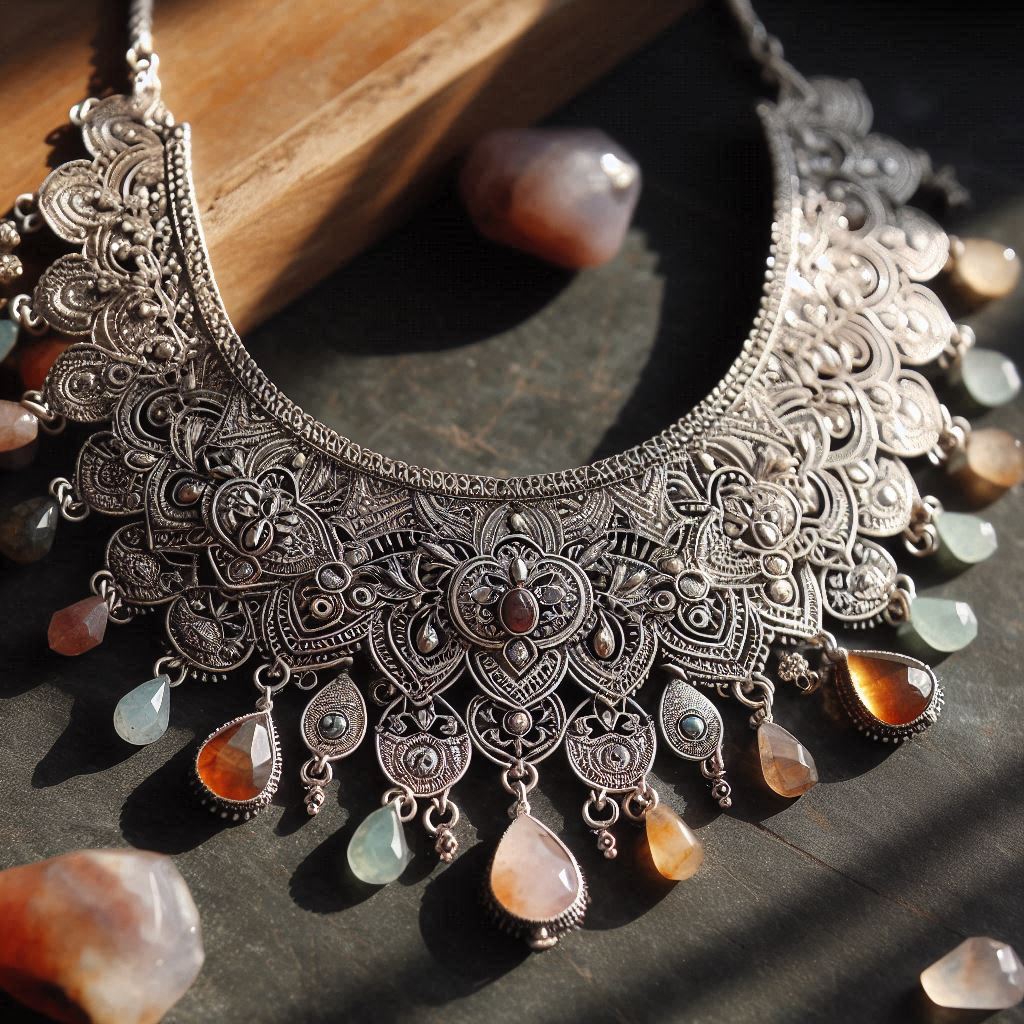Buying high-quality jewelry can be intimidating, especially if you’re unfamiliar with what to look for in terms of materials, craftsmanship, and certifications. Here’s a beginner’s guide to identifying top-tier jewelry.
Materials
- Precious Metals: High-quality jewelry often uses gold, platinum, or sterling silver. Gold should be marked with its karat (e.g., 14K or 18K), indicating purity. Platinum, one of the most durable and hypoallergenic metals, is usually marked “PT” or “950” for 95% purity.
- Gemstones: Look for natural gemstones as they are typically more valuable than synthetics or simulants. High-quality stones should be well-cut to reflect light evenly, with minimal inclusions or imperfections visible to the naked eye.
Craftsmanship
- Weight and Feel: Quality pieces generally feel solid and slightly heavy. Cheap jewelry might feel light and flimsy, which is often a sign of low-quality material or poor construction.
- Finish and Detail: Pay attention to details like the metal finish, symmetry, and secure settings. Prongs should hold gemstones securely without sharp edges, and clasps should close firmly but smoothly. Also, check for uniform polish and any fine engraving that indicates careful craftsmanship.
Hallmarks and Certifications
- Hallmarks: High-quality metals are stamped with hallmarks indicating purity, such as “925” for sterling silver or “750” for 18K gold. For gemstones, GIA (Gemological Institute of America) or AGS (American Gem Society) certifications indicate trusted quality, providing details on the gemstone’s characteristics, such as carat, color, clarity, and cut.
- Branding and Warranty: Reputable brands often include lifetime warranties or certificates authenticating the jewelry’s materials and quality, which adds both value and security to the purchase.
High-quality jewelry pieces are not only beautiful but often durable enough to last a lifetime if cared for properly. Look for these characteristics, and don’t hesitate to ask the jeweler for information about the materials, origin, and craftsmanship.



